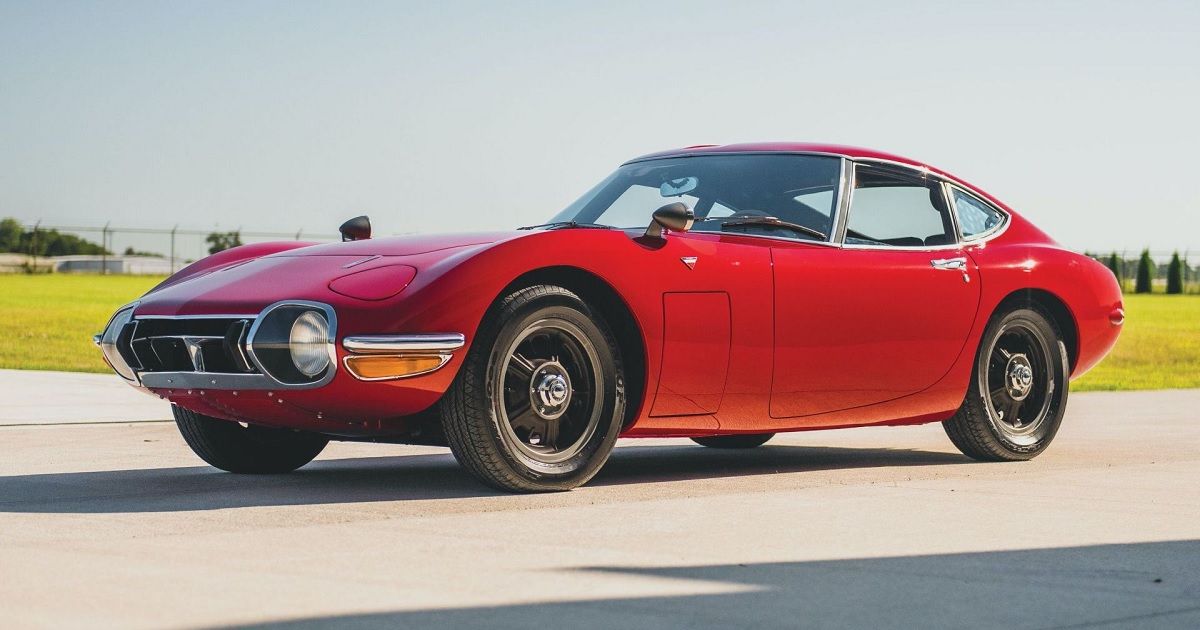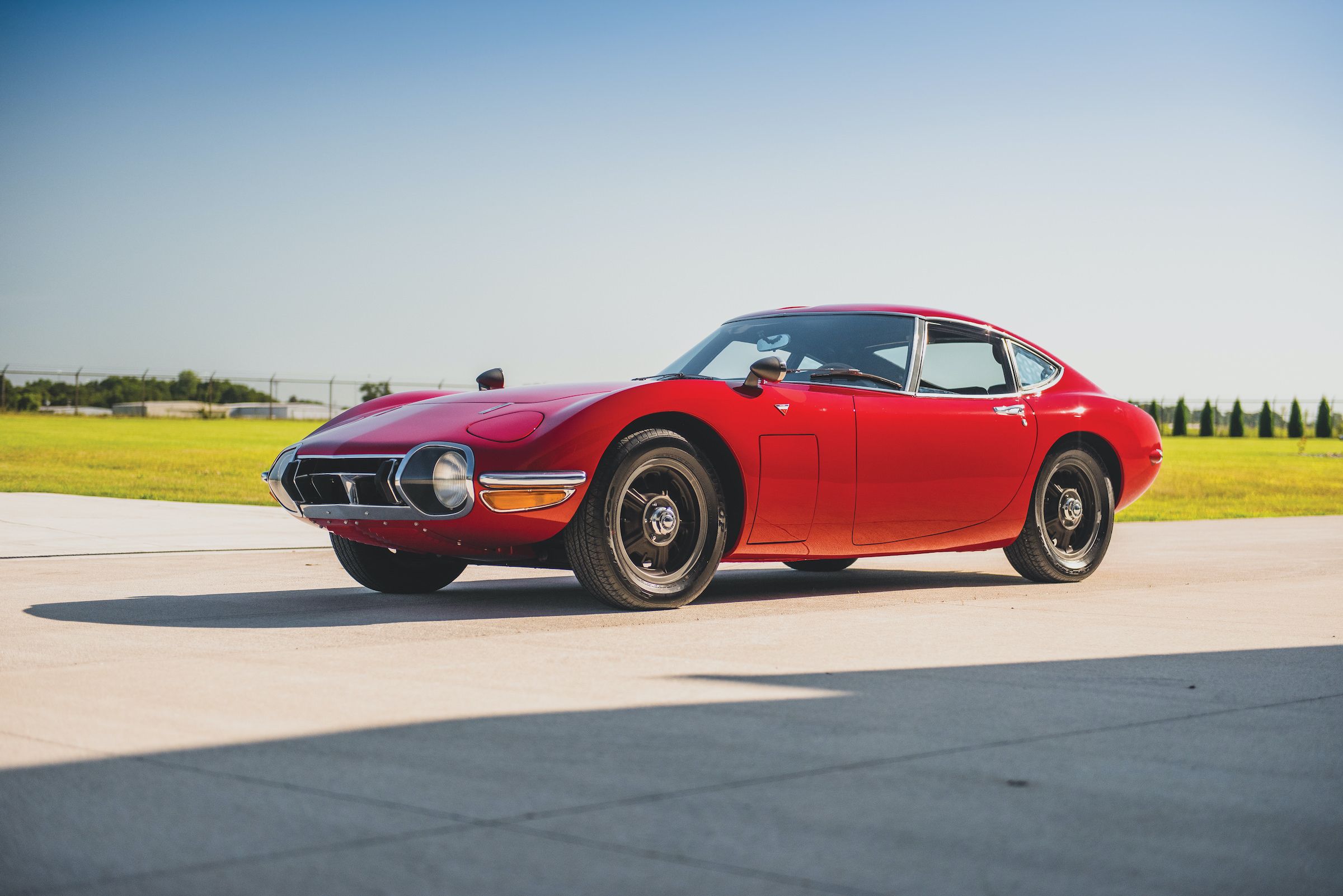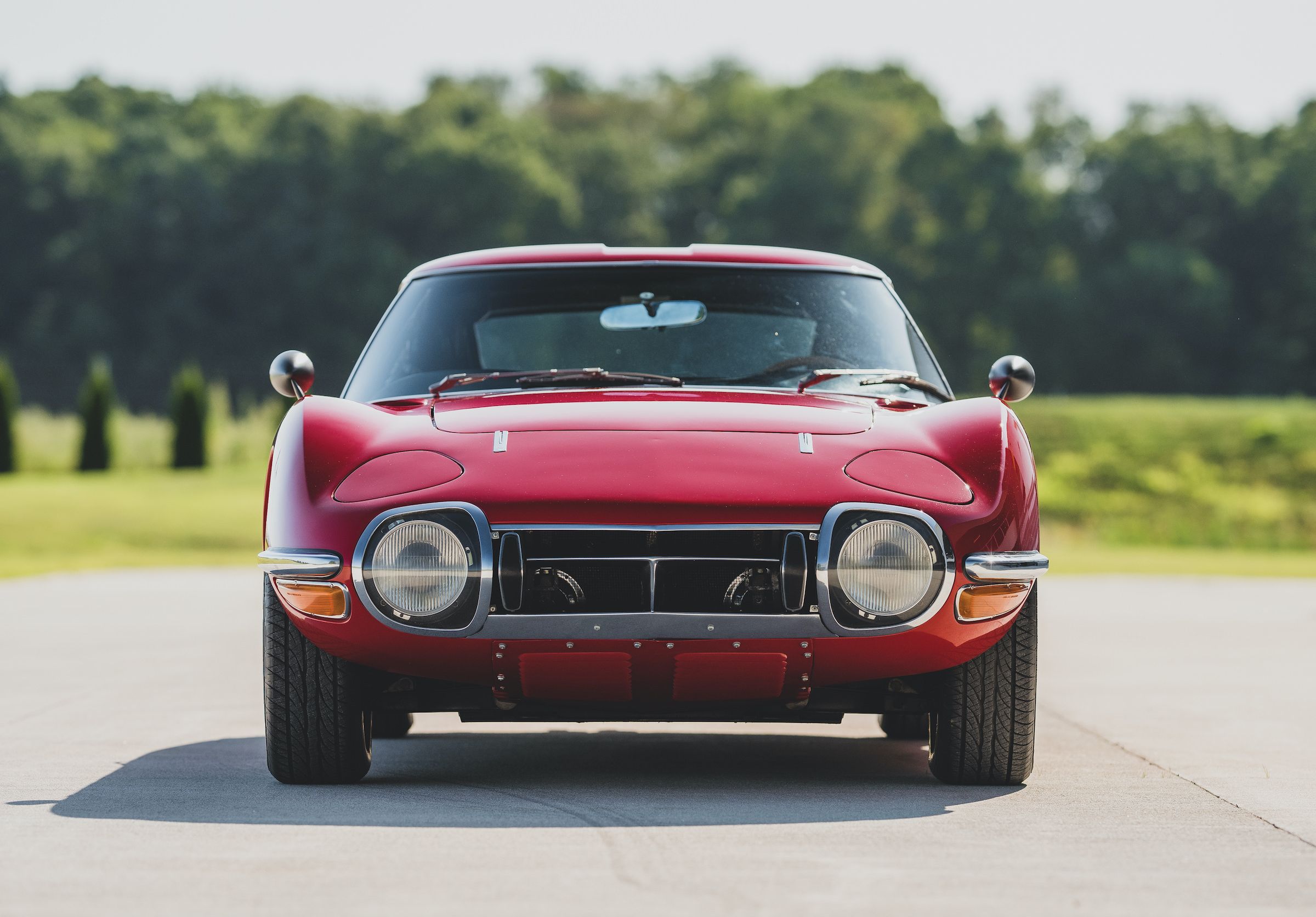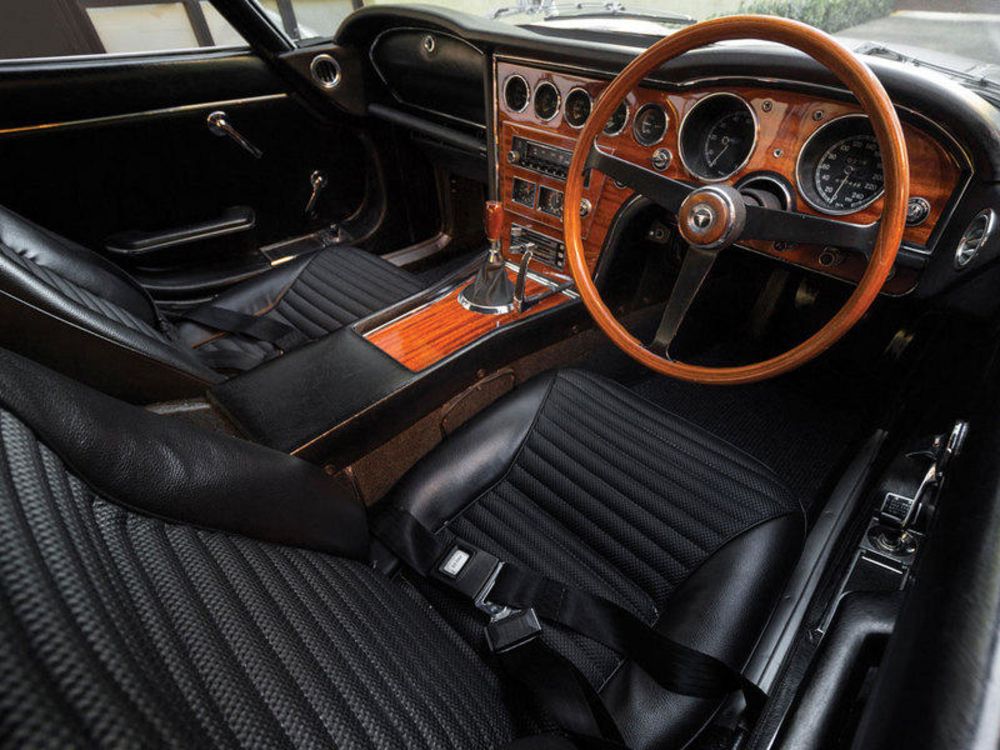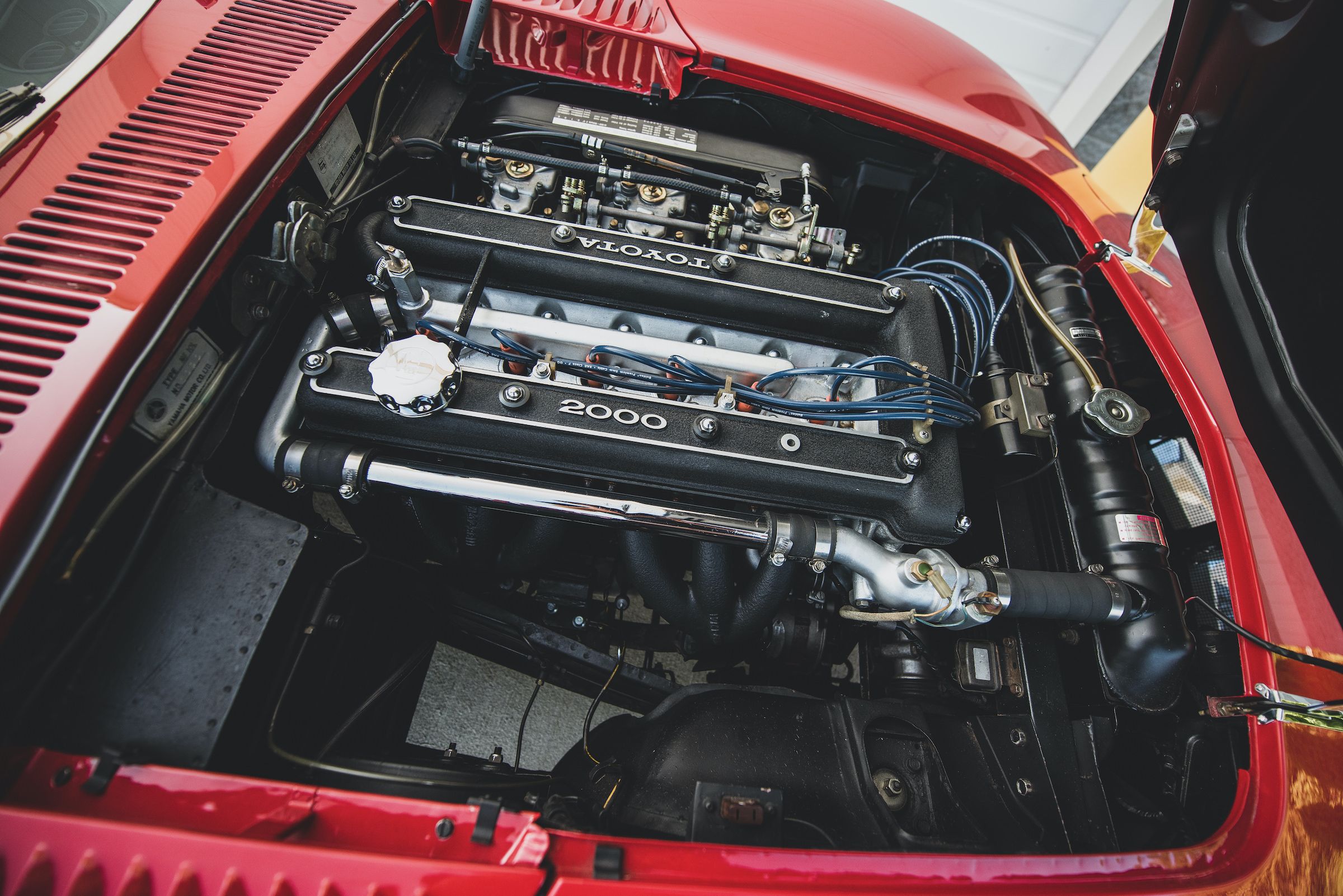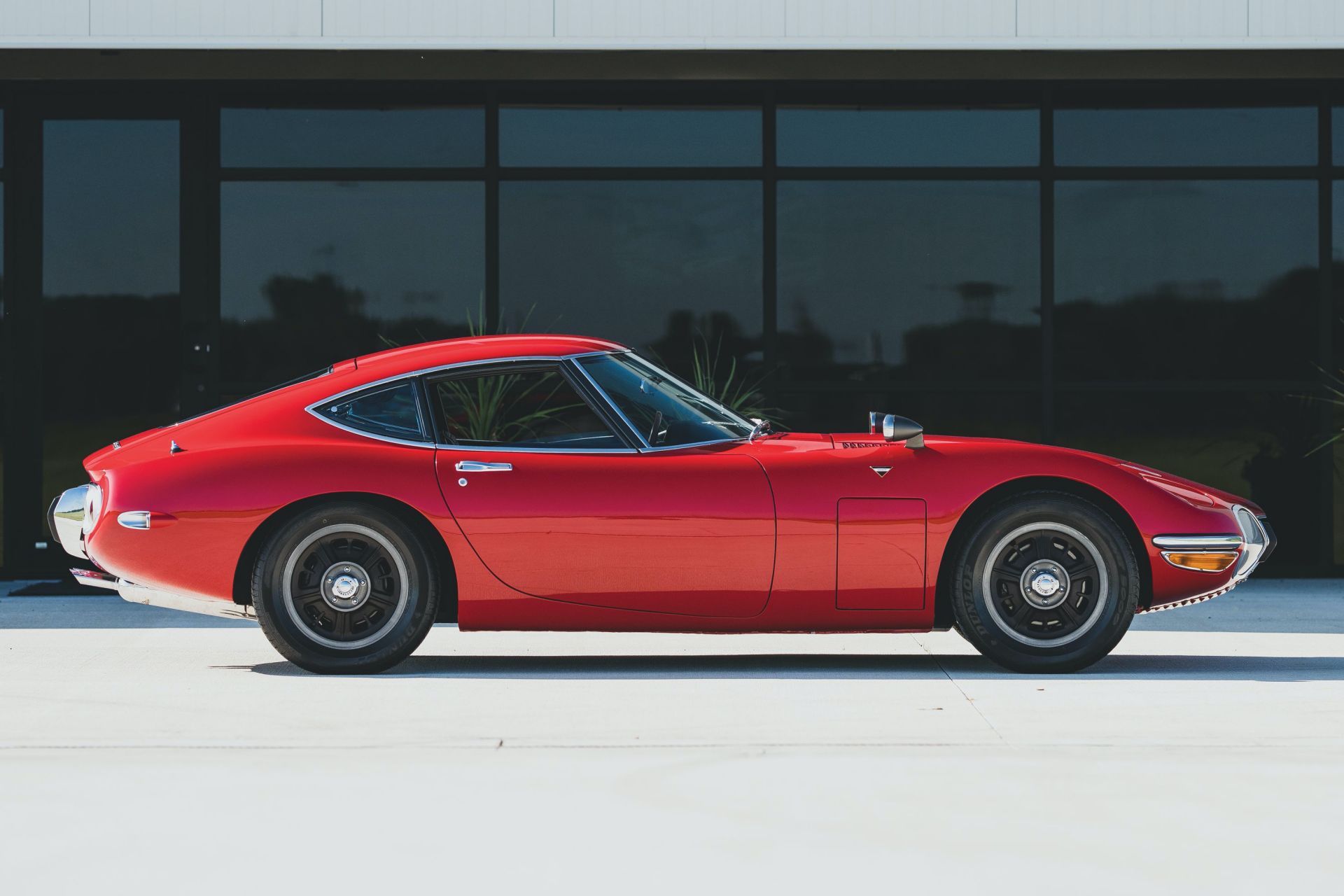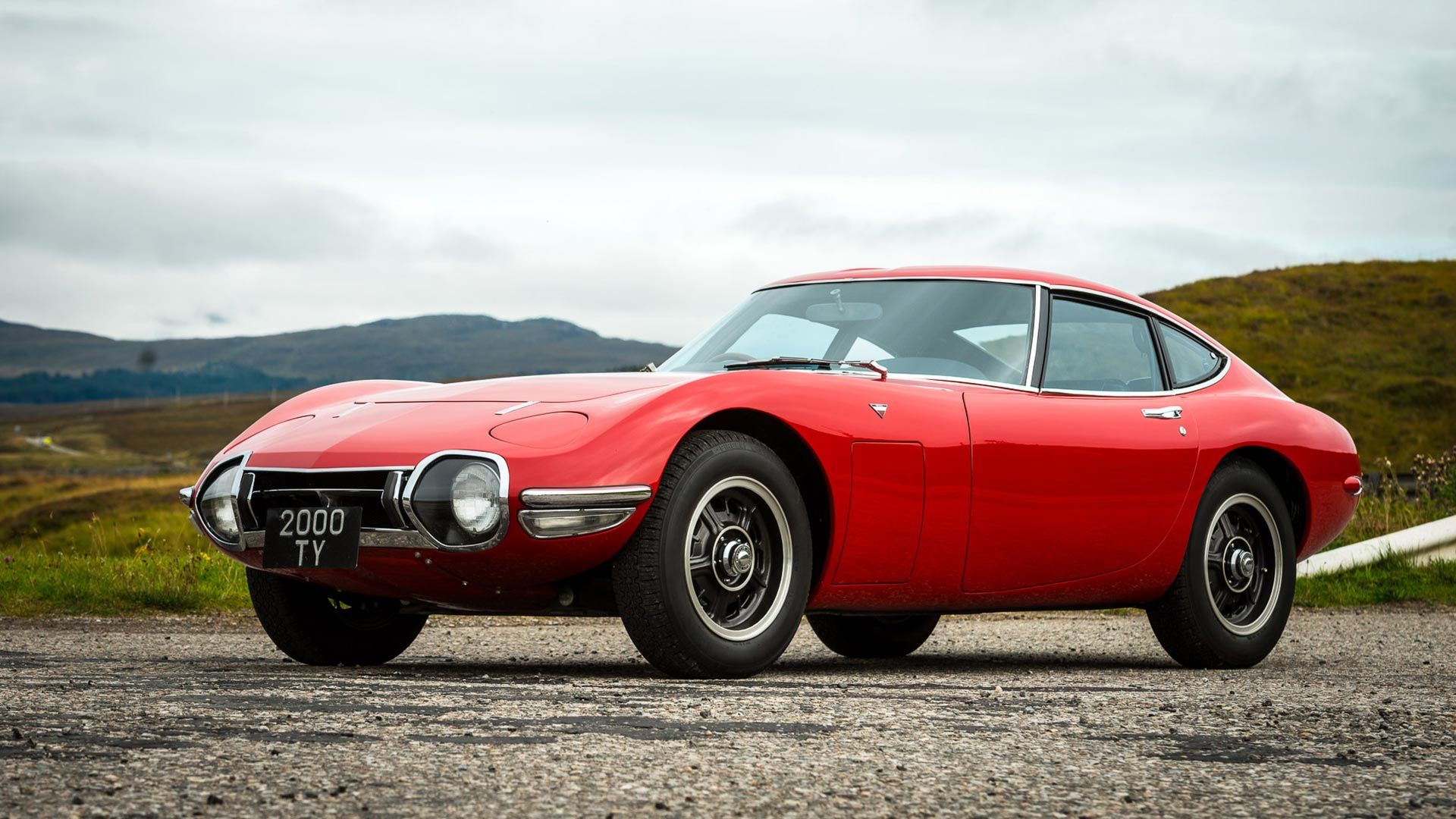The 1960s were a great time for the Toyota company, all thanks to the Toyota 2000GT. Not a lot of cars have forged the kind of pedigree that this supercar coupe has for Toyota. But the 2000GT needs no introduction because its famed and historic past is the dream of many super sports cars.
Asides from being a famous James Bond car in one of the franchise’s films, it is one of Japan’s first supercars. The 2000GT opened the door of success for subsequent sports cars from Japanese auto giant Toyota, such as with the Toyota 86, Celica, and Supra.
The Toyota 2000GT didn’t just stand out because of its big-screen fame or stylish exterior, as it was also swift on the road.
More than 50 years later, we take a detailed look back at one of the finest Toyota sports cars made.
The Birth Of Japan’s First True Supercar In The 1960s
Toyota is arguably among the world’s biggest carmakers, and they’ve maintained this standing for a while now. Though the Japanese carmakers weren’t always successful in foreign markets, they recorded an unprecedented success in the 1960s.
In 1967, its limited-edition grand tourer changed the automobile industry for Japanese cars. The 2000GT is known for a lot of records, including its prototype being built 11 months after the project began!
It was also the fastest Toyota car made at the time, clocking a record-creating speed of 128 miles per hour. Only 337 Toyota 2000GT cars were built and sold by Toyota.
From A James Bond Convertible 2 Seater Supercar To A Commercial Coupe
Sean Connery, the James Bond of the 1960s, drove a convertible 2 seater, 2 doors 2000GT Toyota supercar. This was for the movie of the James Bond franchise, You Only Live Twice, in 1967.
But Toyota didn’t plan to make a convertible type of their 2000GT supercar. This adjustment was really made to fit the actor’s bulky frame of 6 ft 2.
The Toyota supercar’s cockpit was relatively cramped compared to some of its European rivals. And with most of the filming of the movie done there, there had to be a quick fix.
This improvisation was done by cutting off the roof of the 2000GT and then putting a tonneau cover. A tonneau cover simulated the car’s convertible roof while they filmed.
Luxury-laden Interior Unlike Previous Toyota Products
Unique attention to luxurious detailing outlines the interior of the Toyota 2000GT even for a Japanese supercar of that time. It was a different approach from Toyota’s previous cars with a mix of comfort and luxury.
Wood frames for its center console and center stack, wood-rimmed steering, and a dashboard with rosewood veneer were cockpit features. In terms of luxury amenities, drivers had a radio tuner that was auto-seeking.
Above the radio, you can find switches placed around the center stack while the steering had two main gauges behind it. In short, the dashboard and instrument panel appeared like those of grand tourers of its era.
Although air conditioning wasn't added to the 2000GT till 1969, the interior of this supercar still oozes class and comfort. Not surprisingly, the seats got a sport look although it may not have compared to fast supercars from Ferrari, Porsche, and the likes.
Toyota’s Supercar Could Reach 0 to 60mph In 10 Seconds With An Inline 6 Engine
Under its hood, the Toyota 2000GT came with an inline 6 engine. This engine was a naturally aspirated petrol kind with a 2 liter double overhead camshaft. 6 cylinders followed it, along with two valves per cylinder.
All these combined to give an output power of 148 bhp/110 kW at 6600 rpm. Also, the 2000GT had a torque of 129 lbs/ft or 17.8 kg at 5000 rpm.
Toyota’s supercar could go 0 to 60 mph in 10 seconds, and its maximum quoted speed is a blistering 138 mph/220 km/h. All thanks to a five-speed manual gearbox that allowed the wheels sheer power.
Exterior Features Of The 2000GT
Like most prestigious grand tourers, the 2000GT is a thing of beauty, sleek, and yet bearing a solid sporty outlook. With a body made of aluminum, great proportions gave it a stylish sports car look.
Its exterior measurements were a 1600 width size, a height of 1160mm, length of 4175mm, and a 2320 wheelbase to go. Most of the designs were made by Yamaha.
It had a scale-tipping weight of 1120 kg yet still managed to go 0 to 60 in 10 seconds. Some might say it bore a resemblance to the now replaced Jaguar E Type, but the 2000GT carved its own sleek and sporty look.
Was The Most Expensive Toyota Ever Made A Commercial Failure?
With only 337 regular production pieces of Toyota 200GTs were sold. So the Toyota 2000GT didn’t really perform well commercially.
One of the reasons for this was its minimal success was its high cost at the time. In addition to costing more than popular cars like Porsche 911 and Chevrolet Corvette (C2 generation), the production process was slower.
Although nowadays, the Toyota 2000GT may sell from $700,000 or more at auctions. There’s no doubt that the Toyota 2000GT will always be a point of reference for supercars coming out of Asia.

